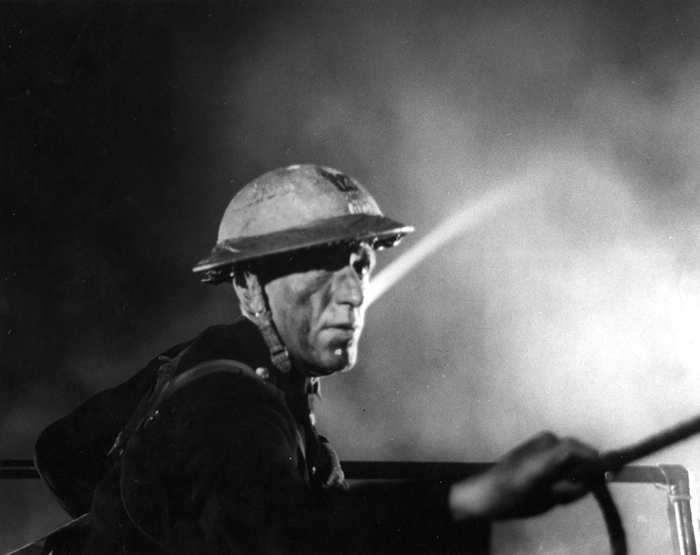 by Sam Thomas
by Sam Thomas
Social media has fundamentally changed the way Fire Services communicate.
Communications teams have had to learn to react directly and quickly to public feedback. Gone are the days when there was the luxury of having time to compile holding statements ready for expected Press reaction.
Today news breaks on Twitter or Facebook, not on traditional channels like Sky News and readiness to respond is crucial.
My first hand experience of this shift in news management came a few years ago when a crane collapsed on an apartment block in Liverpool City Centre. The speed at which the media were contacting the Fire Service was incredible, just minutes after the Control Room received its first call.
The reason - Twitter.
A resident in an apartment block overlooking the scene immediately tweeted about it, alerting the local media. Ten minutes another eyewitness tweeted a photo, and local and national news outlets had everything they needed.
It was a rude awakening to the power of social media but the start of a really exciting journey.
Now we have become more organised, monitoring Twitter to stay ahead and actively engaging with people not just during incidents but to give them a greater insight into our day to day role.
Yes, we will provide reassurance and information when incidents are occurring - but our Fire Service does far more than attend emergencies and our social media strategy reflects that. The community is helping us change that traditional stereotype by spreading our messages and brand further.
And that has needed a shift in culture and approach. Simply pushing messages out and telling people what to do and not to do has limited appeal.
We’ve embraced the ‘social’ element which has made communications personal. Sending out messages saying ‘don’t use chip pans, they’re dangerous’ doesn’t cut it – if only fire safety was that easy. We have to think about drawing people into a conversation, so we talk about 'chippy tea night' or ask them about their favourite pancake toppings before subtly feeding safety advice.
We've done live tweeting from consultation meetings and sports competitions and even created a treasure hunt with our fire safety mascot. We jump on the back of what’s current and popular in ways that traditional communications could never allow. It all helps to show the broad range of activities our organisation is involved in – and also helps us build up our audience for when emergencies happen.
And we’re getting a reaction that’s never been seen before by the service. Previously, when we have issued press releases, the public response has generally been seen by letters to the paper.
Now people have a direct line and we see instantly whether we have provoked a response of any kind.
Social media has helped us to become a greater part of the community. People turn to us as much online during times of status quo as they do when there is operational activity.
Of course we’re still on our journey, learning as we go along.
But if you want to see how it’s working so far and the reaction we get, check out our Storify page: www.storify.com/manchesterfire.
Sam Thomas is Communications Manager at Greater Manchester Fire and Rescue Service and also the creator of www.999socialmedia.com
Picture credit
